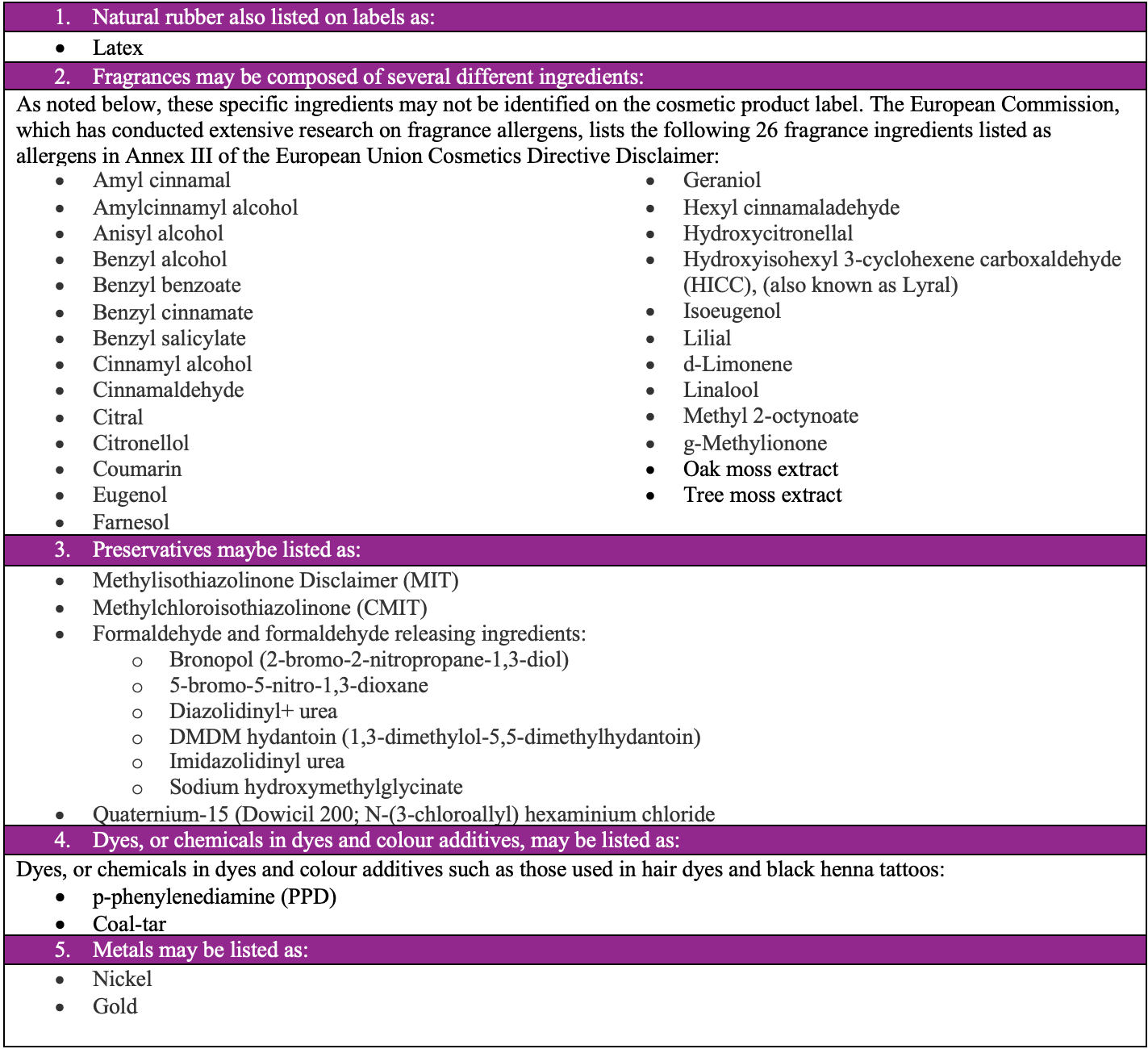
Hair Wellness: It Starts with Your Scalp! Introducing BioEase™ MY-75 and Hairdian AP-GL
Discover how BioEase™ MY-75 and Hairdian AP-GL can improve scalp health
People with sensitive skin likely already look for products labelled hypoallergenic-but that might not be enough. FDA approval is not required for cosmetics products and ingredients (other than colour additives.) Neither ‘hypoallergenic’ nor ‘safe for sensitive skin’ or ‘allergy tested’ are defined by regulation. Manufacturers of cosmetics labelled as hypoallergenic are not required to submit substantiation of their hypoallergenicity claims to FDA. When reading a product label, make sure there are no irritating ingredients, especially if you have a history of reactive skin.
An allergen is commonly defined as “any substance, often a protein, that induces an allergy”. Although the word “allergen” doesn’t appear in the EU Cosmetic Regulation, the 26 substances listed in Annex III of the Regulation are known for their allergenic potential and are under the regulatory framework because of it.
The Food and Drug Administration (FDA) has compiled the list below of common allergens found in some cosmetic products. These are allergens that cause most allergic reactions from the use of cosmetic products.
Common allergens fall into the five classes as detailed below: natural rubber, fragrances, preservatives, dyes, and metals.

In December 2011, The EU’s Scientific Committee on Consumer Safety (SCCS) adopted SCCS/1459/11 – “Opinion on fragrance allergens in cosmetic products” , which concluded that humans were sensitive to more substances than the 26 already listed in Regulation 1223/2009. Plans were made to add around 56 more substances to the regulation’s scope.
Additional substances proposed for inclusion in Annex III include:
If one of the 26 substances listed above is present in your finished formula, you have to comply with the labelling requirements of the European Regulation. You must comply with the following rules:
The allergenic substances must appear on the label if:
Note: If an allergen is contained in different ingredient of your product, you have to add up all the concentration to verify the threshold and label your product in accordance with the rule above
In addition to these specific requirements you must comply with all the requirements set up by the Cosmetics Regulation, especially labelling requirements.
Ecoori’s Superscent Series- Allergen-Free Fragrance

Discover how BioEase™ MY-75 and Hairdian AP-GL can improve scalp health

The clean beauty movement is sweeping across the skincare landscape, offering a refreshing shift towards minimalist routines and ingredient transparency. Clean beauty brands prioritize ethically sourced, sustainable practices, and readily disclose their product formulations, empowering you to

In a world characterized by perpetual change and adaptation, the realm of health and wellness stands as a beacon of evolving consumer preferences and industry innovation. As we navigate through
Copyright © 2023 Maha Chemicals (Asia) Pte Ltd